WBC 2019 | Finalists
January 16, 2019 — Projects & Programs

Wellbeing Cities Award 2019 – Meet our 16 Finalists

Bogotá, Colombia
Project: Ciclovía
Bogotá’s initiative Ciclovía is a multi-sectoral community program aimed at decreasing inequality and addressing socio-economic problems, public health, and environmental issues. On every Sunday and public holiday, they free up space on the main streets of Bogotá from motorized vehicles, creating “the largest temporary park in the world.”
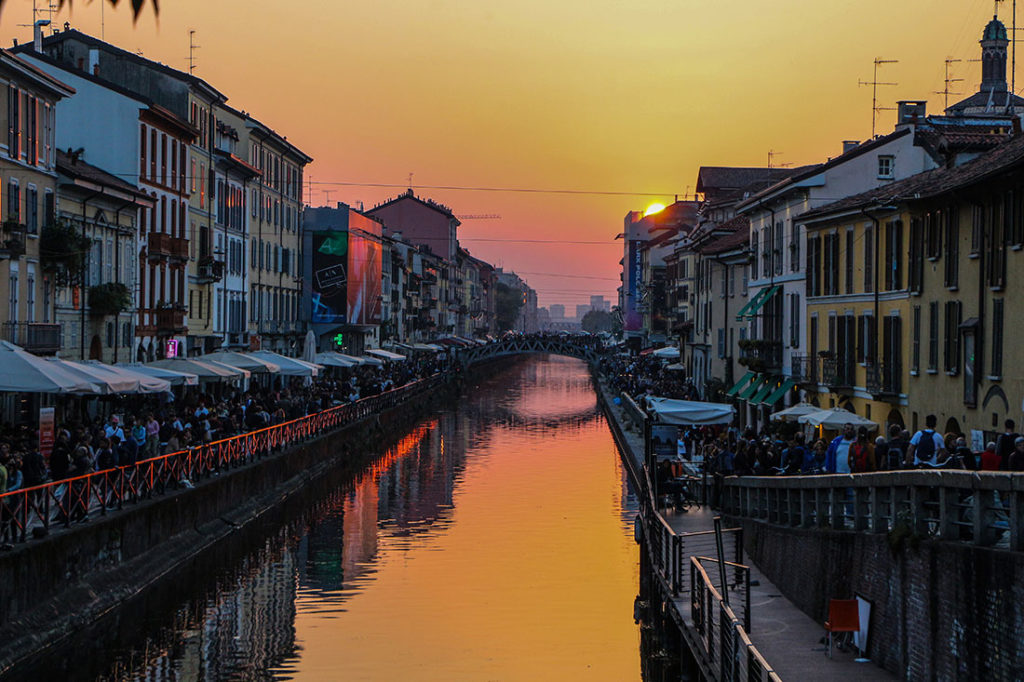
Milan, Italy
Project: Civic Crowdfundingvía
Milan’s bottom-up crowdfunding initiative, Civic Crowdfunding, was designed to foster the implementation of innovative public-interest projects with a high social impact. Through the pooling of public and private resources and the promotion and encouragement of citizens’ involvement in municipal policy, they are funding initiatives that work toward inclusivity, sustainability, and improved quality of life.
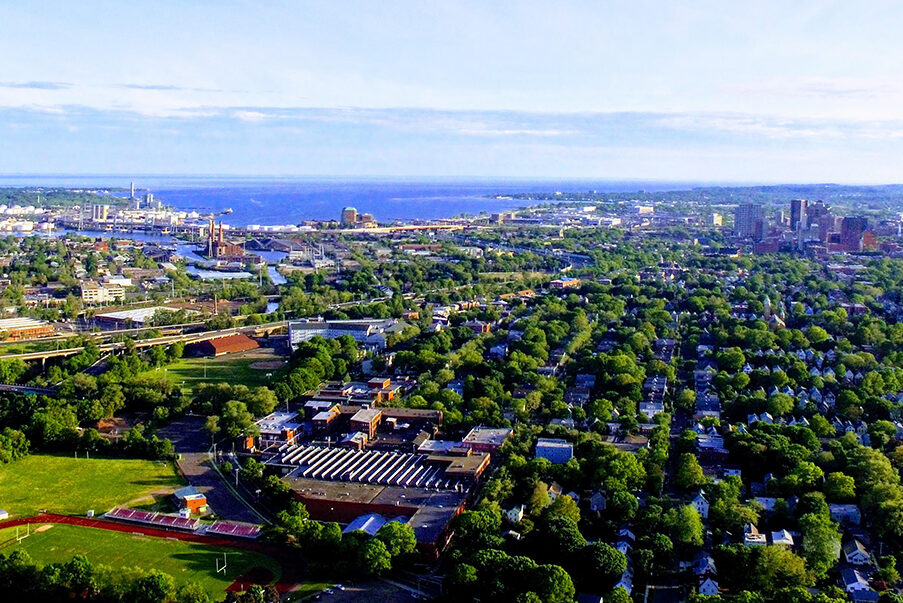
New Haven, USA
Project: CTP – City Transformation Plan
The City Transformational Plan is a comprehensive five-year blueprint for increasing the collective impact of New Haven’s public and nongovernmental initiatives. The plan involves strategies to connect all residents to educational achievement, regional economic growth, and safe, vibrant and healthy neighborhoods.
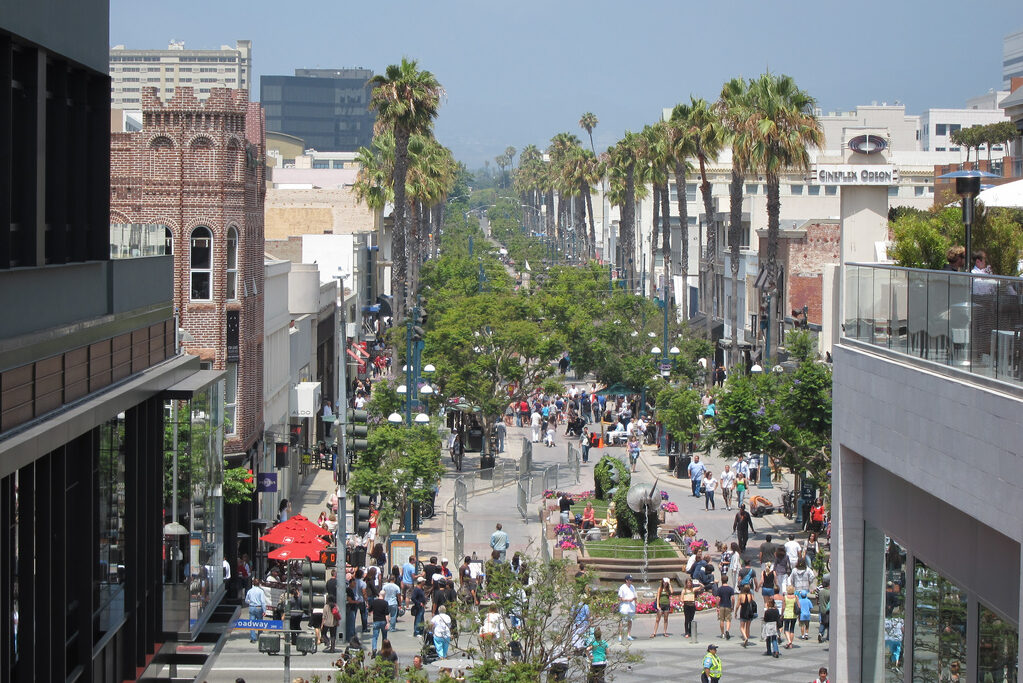
Santa Monica, USA
Project: Wellbeing Citi Index
The City of Santa Monica’s Wellbeing City Index is designed for local governments to measure the impact of policies and programs on resident’s lives through a framework of wellbeing. The development of the Index was guided by a cross-disciplinary panel of experts including environmentalists, economists, cognitive researchers, policy specialists and more.
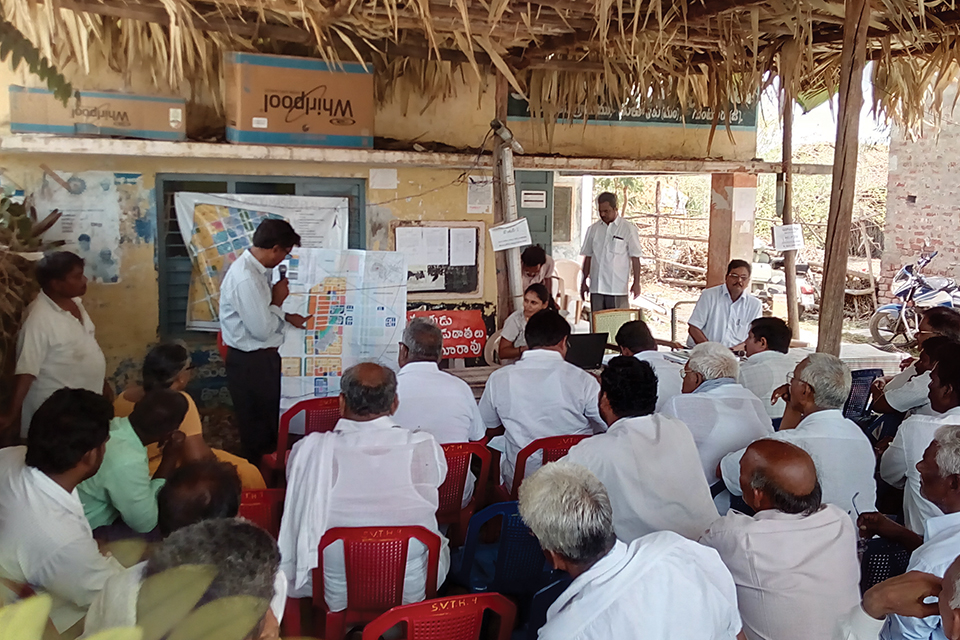
Amaravati, India
Project: Citizen Engagement and Participatory Planning
Amaravati’s participatory land procurement process recognizes the need to engage and collaborate with existing land owners during the development of the new city capital. Through this process, the City works with land owners as partners, leveraging alternative methods of land pooling with the aim of long-term socio-economic benefits.
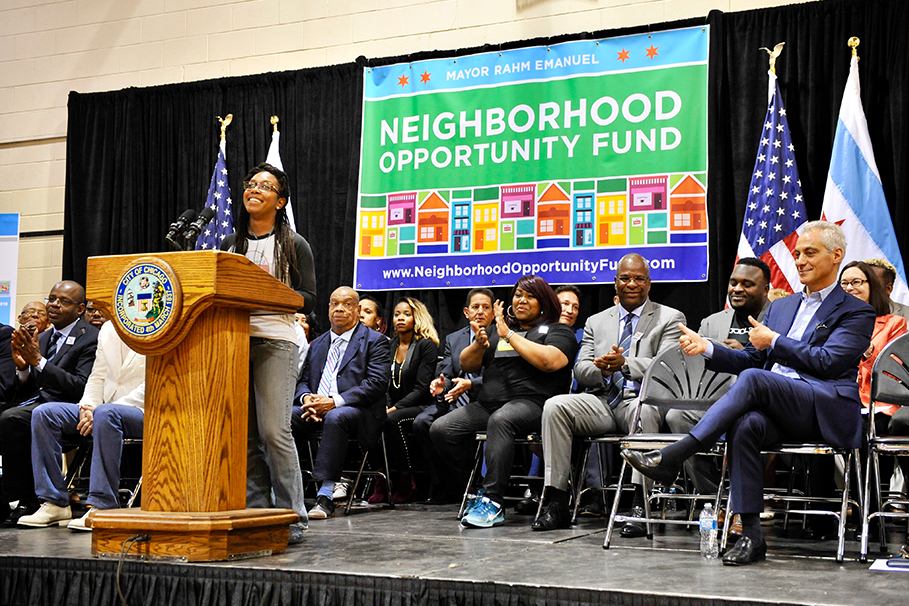
Chicago, USA
Project: Neighborhood Opportunity Fund
Chicago’s Neighborhood Opportunity Fund works to create and reinforce vibrant neighborhood commercial corridors through financing commercial and cultural projects in neighborhoods that lack private investment, using revenue generated from downtown development.
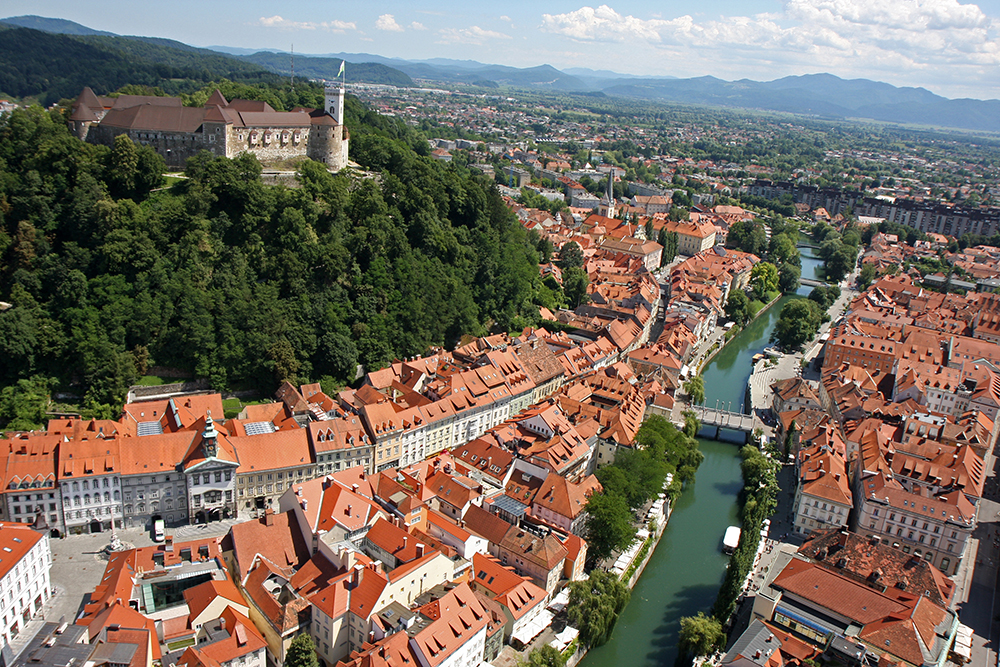
Ljubljana, Slovenia
Project: Short Supply Chain Development Initiative
The City of Ljubljana’s Short Supply Chain Development initiative was created to connect food consumers to locally produced food in the City. Ljubljana aims to increase its agricultural self-sufficiency by increasing the visibility of locally-produced food, and create trust and transparency between consumers and suppliers through public engagement.

Pune, India
Project: The Lighthouses of Pune
The Lighthouses of Pune is a program for disadvantaged youth, fostering workplace competencies and enhancing skills to help young people pursue meaningful careers. Each ward in Pune has a Lighthouse center, where a holistic approach to skill development and employment is used to unleash social and economic transformation in the surrounding community.

Gothenburg, Sweden
Project: The City Where We Read to Our Children
The City Where We Read to Our Children initiative aims to encourage reading with and for children in order to foster early childhood literacy. By leveraging Gothenburg’s public services and a wide network of collaborators, the program aims to increase cognitive ability in children and to improve aspects of social and economic life and health in the city.

Kigali, Rwanda
Project: Kigali Car Free Days
Kigali Car Free Days are bi-monthly events designed to encourage a healthy lifestyle. City residents are asked to leave their cars at home and opt for active modes of transport to encourage greener living, physical activity, and neighbourhood interactions. In addition, free health services are offered to the public during the events.
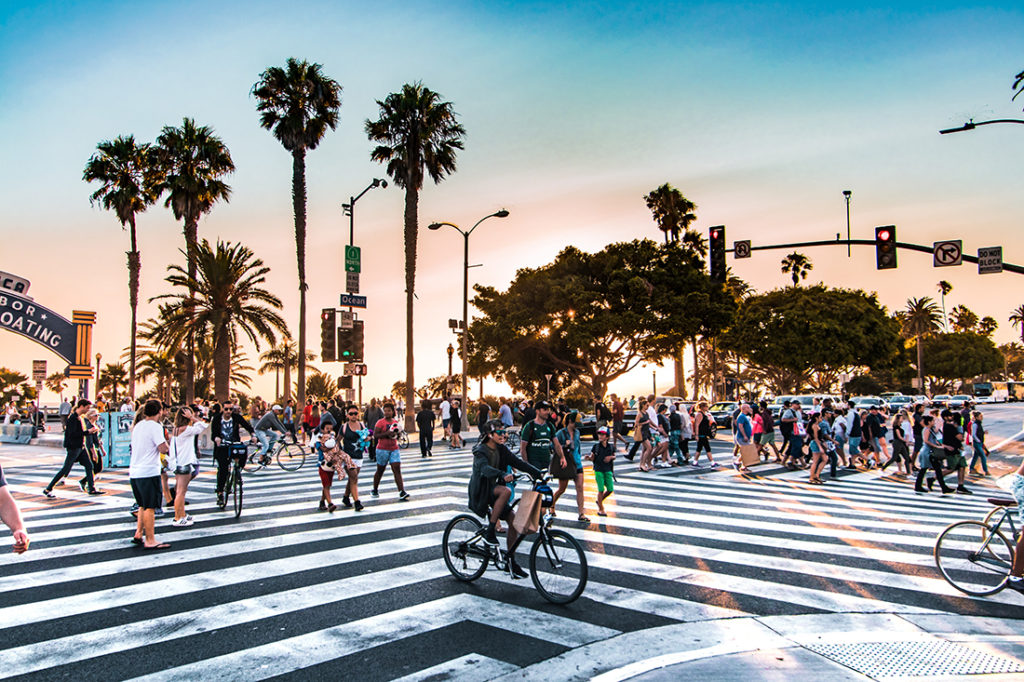
Los Angeles, USA
Project: Girls Play Los Angeles
Girls Play Los Angeles aims to increase girls’ participation in sports and focuses on promoting a healthy lifestyle in underserved communities. By subsidizing program fees and investing in safe, high-quality facilities, Girls Play Los Angeles aims to ensure all girls can participate despite any economic inequalities or cultural barriers.

Vancouver, Canada
Project: Healthy City Strategy
The Healthy City Strategy is a long-term integrative plan which aims to align a variety of initiatives across sectors to address wellbeing simultaneously. The Healthy City Strategy plans for the health and wellbeing of “people, place, and planet,” working to promote physical and mental health, community building, and both social and environmental sustainability.
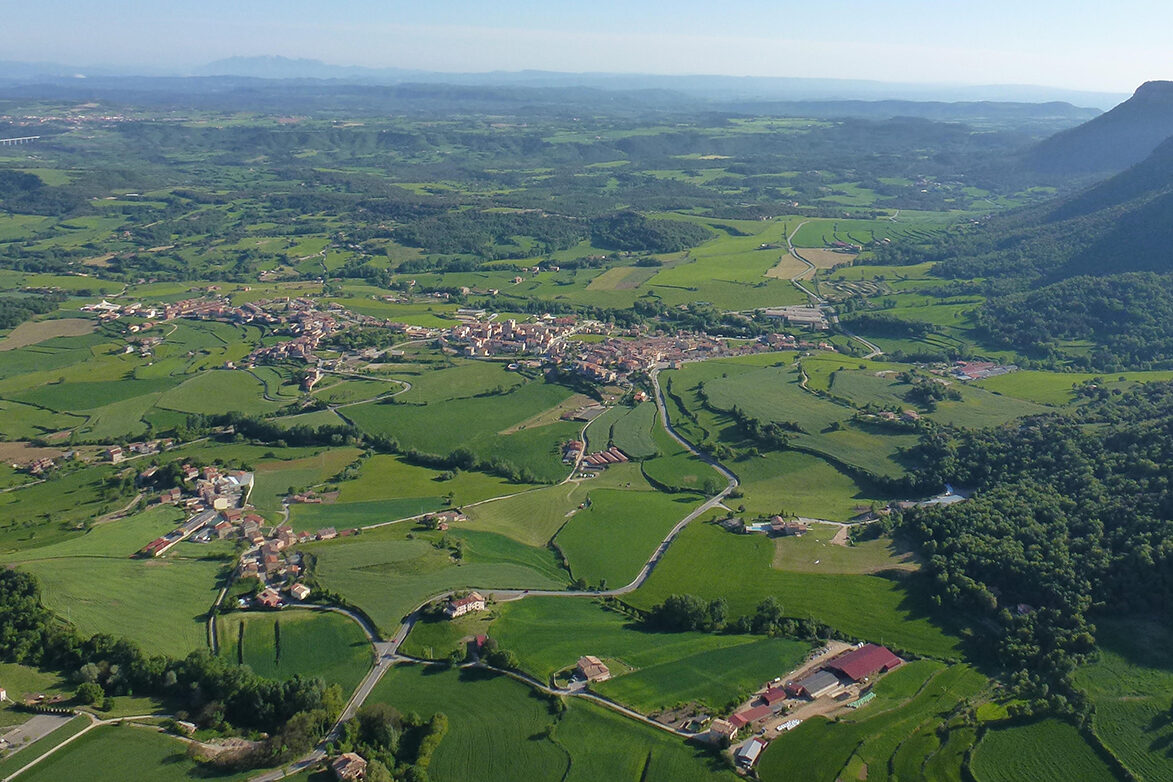
Avià, Catalonia, Spain
Project: Avià for a Good Climate
Avià for a Good Climate is a comprehensive plan to improve Avià’s environmental conditions, local economy, and quality of life. The plan focuses on local regulations, incentives for renewable energy, subsidizing private energy saving measures, and optimizing the town planning model for ecological and economic gains.
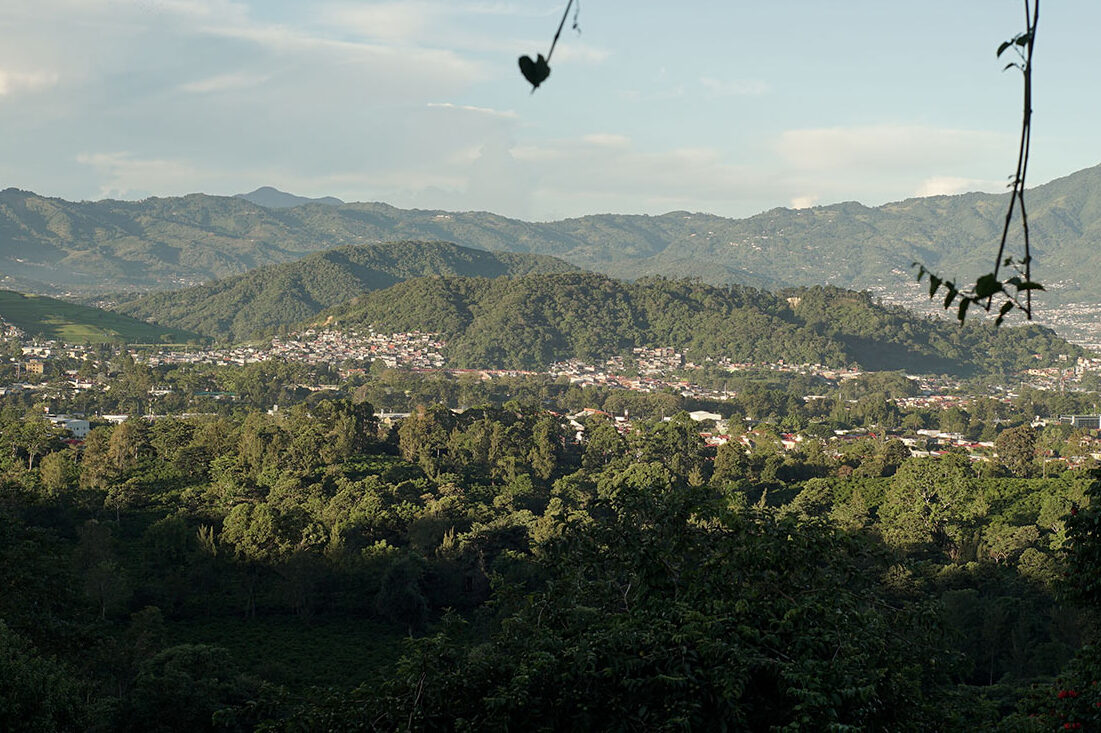
Curridabat, Costa Rica
Project: Sweet City
Curridabat’s Sweet City vision aims to bring the original natural landscape back into the city by implementing projects to improve biodiversity, infrastructure, habitat, and coexistence. Through the Sweet City initiative, the City has improved city parks, created a comprehensive inventory of local flora and fauna, created a water sensitive master plan, and more.
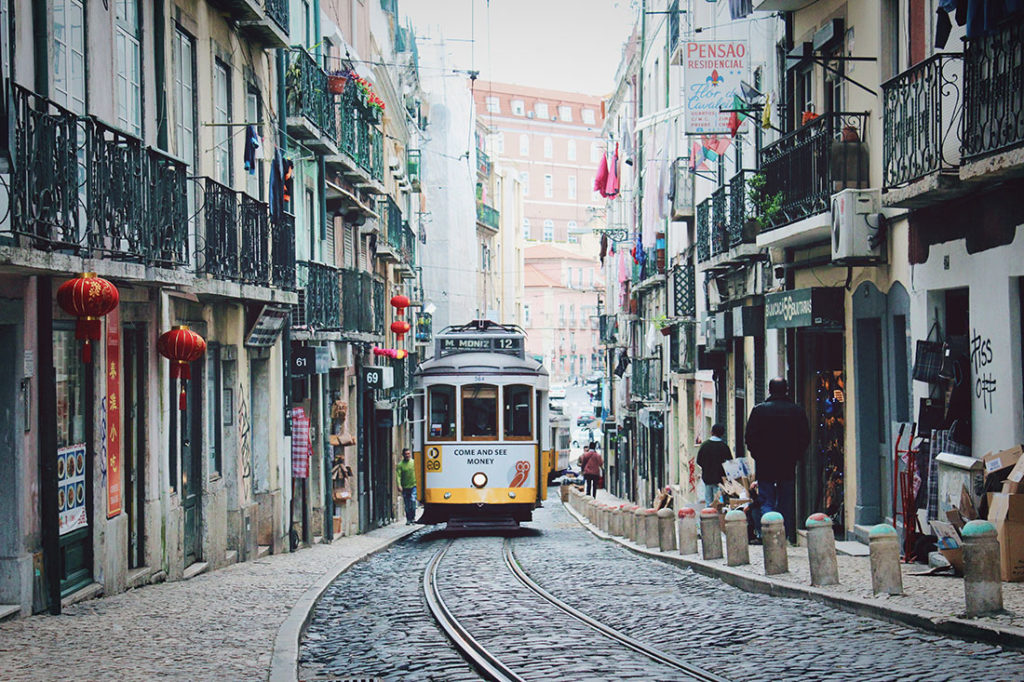
Lisbon, Portugal
Project: Sustainable Energy and Environmental Action Plan
Based on the framework of the EU’s Sustainable Development Strategy, the Lisbon Sustainable Energy and Environmental Action Plan has been designed to promote an overall green transformation toward a more liveable, creative, healthy and innovative city.

Moonee Valley, Australia
Project: Enhancing our Urban Forest
Moonee Valley’s Enhancing our Urban Forest initiative aims to increase the tree canopy cover and improve the resilience of green space in the City. Through a range of measures such as predictive mapping, protecting vegetation, promoting biodiversity, and more, the initiative aims to stave off climate change, and promote a healthy and sustainable environment.